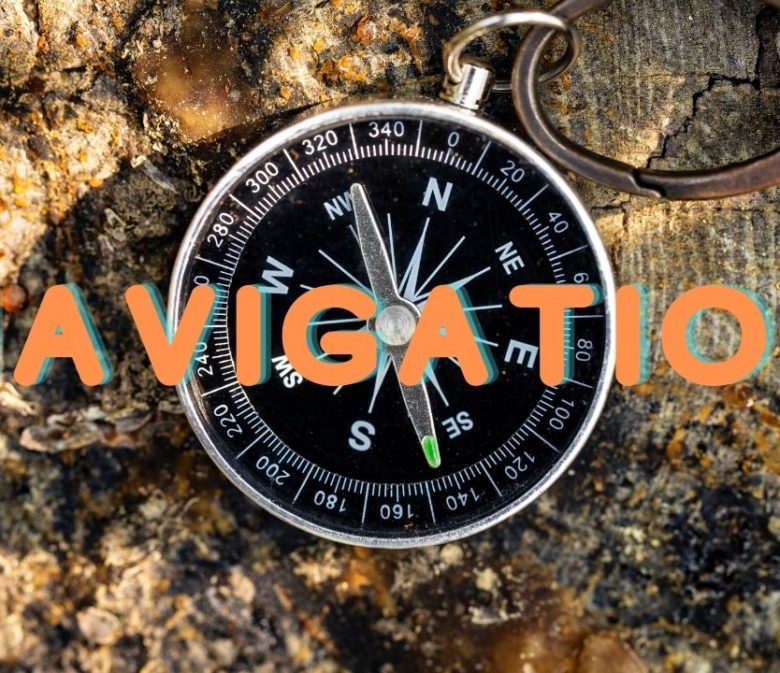Preparedness is essential in any survival situation, and that includes having some type of navigation system in place, whether it be a simple compass or a techy GPS device. But what if you find yourself in a situation where you don’t have these items or they aren’t working? Luckily, there are a plethora of ways on how to navigate without a compass. Here, I’ll discuss what I call the “sticks, stones and stars” methods.
The “shadow-stick method” is done by placing a long, straight stick vertically into the ground in a flat, open non-shady area where the sun will cast a shadow. Note where the end of the shadow is and place a stone marker on it. This represents West. Then wait for 15-30 minutes, placing another marker at the edge of the new shadow. This will be East. Draw a line between the two markers and bisect the line to find North and South. This method works regardless of whichever hemisphere you’re in.
Direction can be figured out by using the sun and an analog wristwatch by holding it flat and pointing the hour hand toward the sun. Imagining a line half-way between the hour hand and the 12:00 mark will give you a North-South line. North will be the direction away from the sun. Alternatively, you can draw a clock on a piece of paper with the “hands” set at the correct time, or you can lay sticks on the ground simulating a clock in the same way to find your North-South line.
The same technique works in the southern hemisphere, although there’s a slight (but VERY important!) difference: point the 12:00 mark toward the sun and imagine a line half-way between the 12:00 mark and the hour hand. Again, this is your North-South line, with North being the direction away from the sun.
At night, the moon can be used during its crescent phase. Simply draw an imaginary line between the two “horns” and follow the line down to the horizon. The point at the horizon will be approximate South in the northern hemisphere, whereas in the southern hemisphere, the point at the horizon will be approximate North. The accuracy of this method will be greater the higher the moon is in the sky.
Stars can also be a great way to find your direction at night. In the northern hemisphere, North can be determined by locating a bright star called Polaris, the “North Star”. It can easily be seen by spotting the Big Dipper, then focusing on the two stars at the outer edge of the Dipper’s bowl. These two stars are “pointer” stars and will point right to Polaris if you extend an imaginary line from them right up to the next bright star.
The southern hemisphere offers something similar, except you will be trying to find South by locating the Southern Cross, along with two nearby “pointer stars”. Once you find the Southern Cross and create a line from the two pointer stars heading toward the horizon, imagine a line 5 times the distance between the two pointer stars. Perpendicularly at the end of the line toward the horizon will be South.
I read an excellent article written some time ago discussing clever ways on how to navigate without a compass. These methods prove to be timeless. Check out the article here >>> Learn to Navigate Without a Compass




